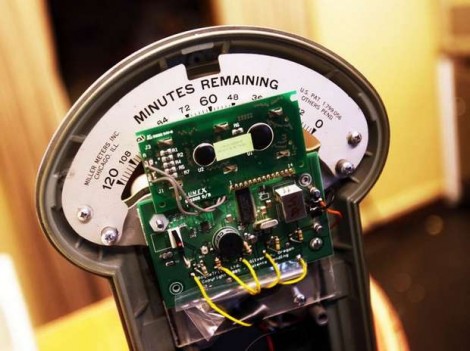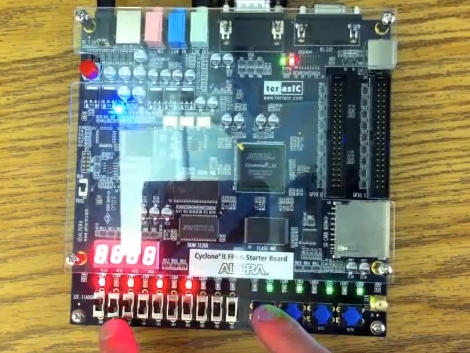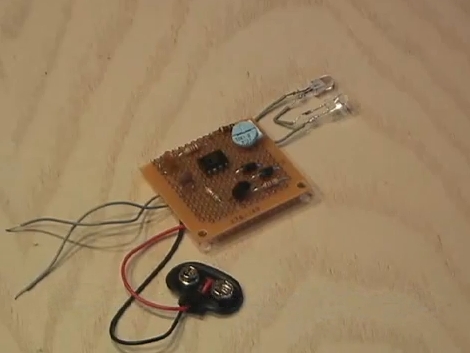
Smart people don’t put their toys away, they build machines to do it for them. Case and point: this NXT project which can sort LEGO pieces. Just dump a bucket of random blocks in a hopper on one end of the machine. One slice at a time, these plastic pieces will be lifted onto a conveyor system made up of several different belts, which allows for separation of the parts. One block at a time, each piece enters a specially lighted chamber where they are visually identified by the NXT brick. Once it identifies the block, a carousel of plastic containers rotates to place the correct home for the block below the output shoot seen above.
So do we now have a completed LEGO circle of life? Not quite. You can build structures automatically using a 3D LEGO printer and this sorter will have no problem organizing the parts for that purpose. But we still need a LEGO machine that can tear assembled bricks apart.
Continue reading “NXT Machine Sorts LEGO Blocks Automatically”
















